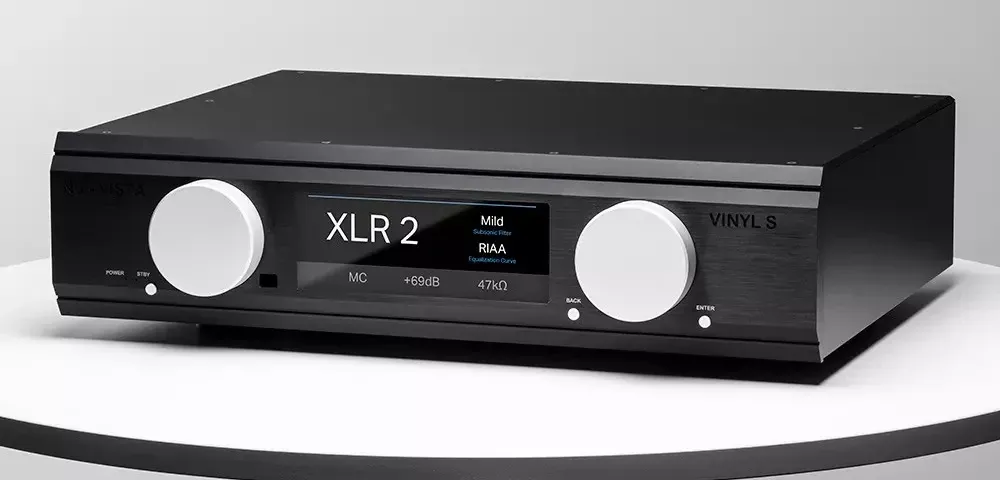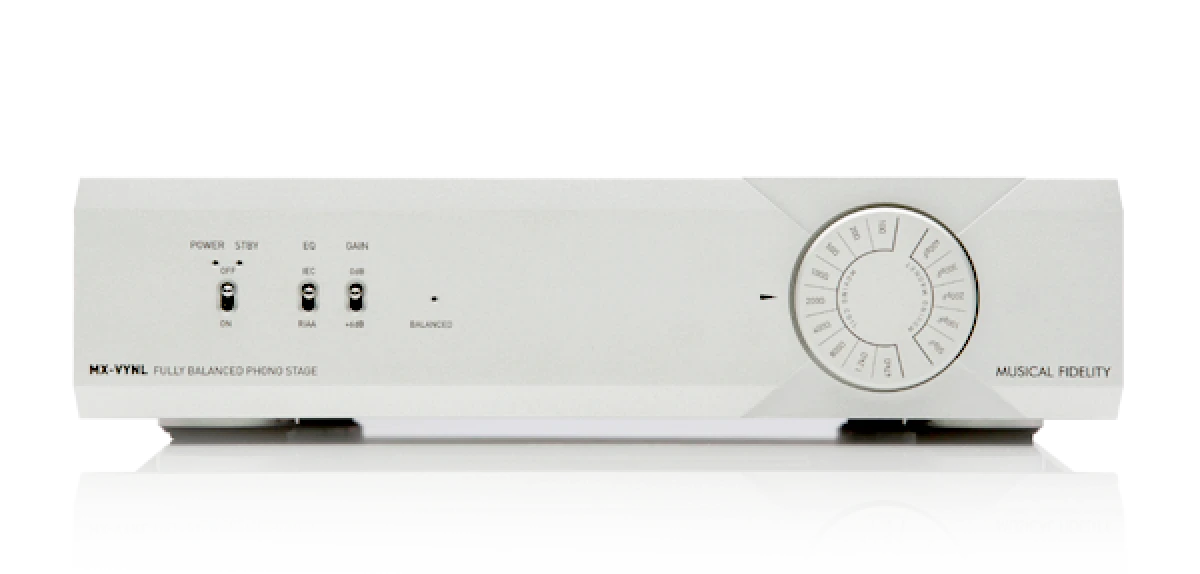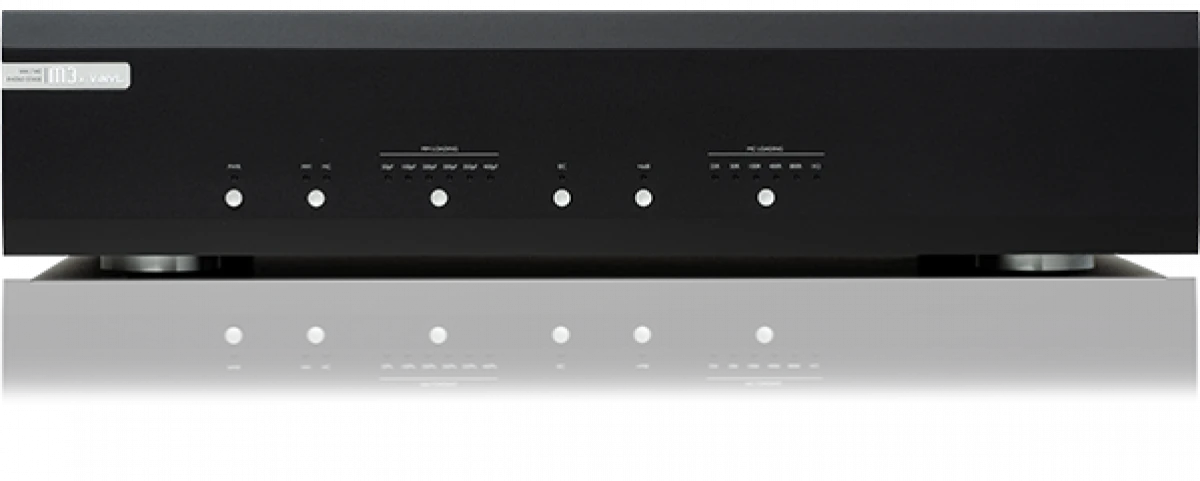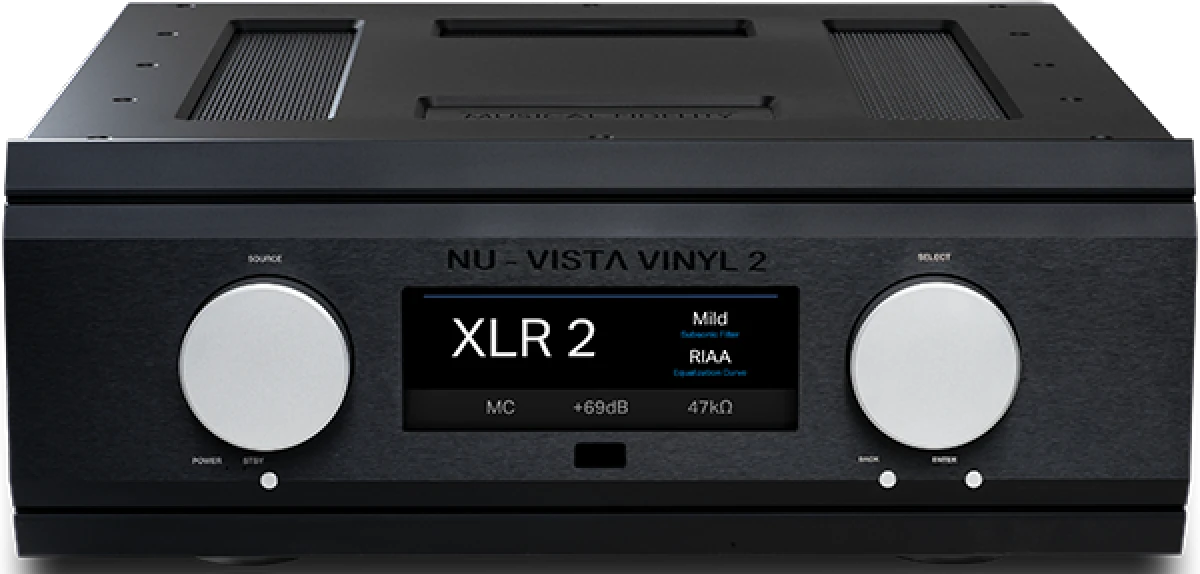Phonostages — Musical Fidelity M6X VINYL
Description, images, technical data and specifications
Musical Fidelity M6X VINYL
Image source — © Musical Fidelity
The main goal of Musical Fidelity when creating the M6X ViNYL phono corrector was to create a component that would "not interfere" with music. He does not try to add anything, but rather strives to match the original record. The result is music that shows up in all its glory.
Specifications
Model name
M6X VINYL
Inputs (balanced)
N/A
Inputs (single-ended)
2
MC current-sensing input impedance (Ω)
N/A
MM/MC voltage input impedance (Ω)
47 000 (MM), 25 - 1200 (MC)
Output impedance (Ω)
N/A
Gain (dB)
N/A
Playback EQ curves accuracy (dB)
N/A
Frequency response low +/- 3dB (Hz)
N/A
Frequency response high +/- 3dB (Hz)
N/A
Total Harmonic Distortion + Noise (%)
<0.005 (MM), <0.02 (MC)
Dimensions (mm)
440 x 100 x 385
Weight (kg)
11
Official link
More components

Phonostages
Musical Fidelity Nu-Vista Vinyl S

Phonostages
Musical Fidelity MX-VYNL

Phonostages
Musical Fidelity M3X VINYL

Phonostages
Musical Fidelity NU-VISTA VINYL 2

Phonostages
Musical Fidelity M8x Vinyl


